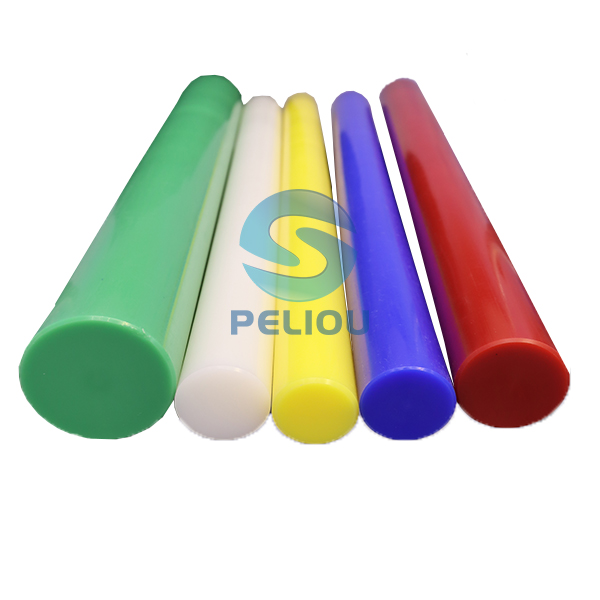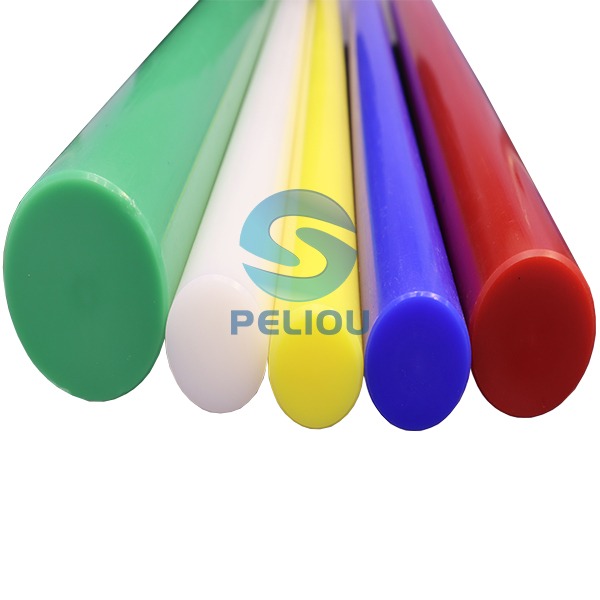High-Density Polyethylene (HDPE) rods are versatile plastic materials known for their strength, chemical resistance, and ease of machining. Here’s an overview of their properties, applications, and benefits:


Properties:
1. High Strength-to-Density Ratio: HDPE rods are lightweight yet strong, making them suitable for a variety of structural applications.
2. Chemical Resistance: They are resistant to many chemicals, acids, and bases, making them ideal for use in harsh environments.
3. Low Moisture Absorption: HDPE absorbs very little water, which makes it suitable for use in wet conditions.
4. Impact Resistance: The material can withstand significant impact without cracking or breaking.
5. Non-Toxic: HDPE is food-safe and used in many food processing and packaging applications.
6. Ease of Machining: HDPE rods can be easily cut, machined, and fabricated to meet specific requirements.
Benefits:
1. Durability: Due to its strength and impact resistance, HDPE rods are long-lasting and durable.
2. Cost-Effective: They are generally less expensive than other engineering plastics, making them a cost-effective choice for many applications.
3. Versatility: HDPE rods can be used in a wide range of industries, from food processing to construction.
4. Environmental Resistance: They perform well in various environmental conditions, including exposure to UV light, water, and chemicals.
5. Low Maintenance: HDPE rods require minimal maintenance, reducing downtime and maintenance costs.
Applications:
1. Machinery and Equipment Parts: Used to make gears, bearings, and other machine parts.
2. Food Processing: Used for cutting boards, conveyor components, and other food contact applications due to their non-toxicity.
3. Marine Industry: Suitable for use in marine environments due to their low water absorption and resistance to saltwater.
4. Chemical Processing: Ideal for tanks, piping systems, and other equipment used in chemical processing due to their chemical resistance.
5. Construction: Used for making profiles, guides, and other components in the construction industry.
6. Wear Strips and Guides: HDPE rods are often used in applications where low friction and wear resistance are crucial.
Selection Considerations:
- Diameter and Length: Choose the appropriate size based on the specific requirements of your application.
- Grade: Different grades of HDPE offer varying properties. Select a grade that matches your needs (e.g., food-grade, UV-stabilized).
- Environmental Factors: Consider the operating environment, including temperature extremes and exposure to chemicals or UV light.
Maintenance Tips:
- Regular Inspection: Check for signs of wear or damage, especially in high-stress applications.
- Proper Cleaning: Clean with appropriate non-abrasive cleaners to maintain surface integrity.
- Avoid Overloading: Ensure that the HDPE rod is used within its load-bearing capacity to prevent deformation or failure.
In conclusion, HDPE rods are a reliable and versatile material suitable for various industrial applications. Their combination of strength, chemical resistance, and ease of machining makes them a popular choice across many sectors.